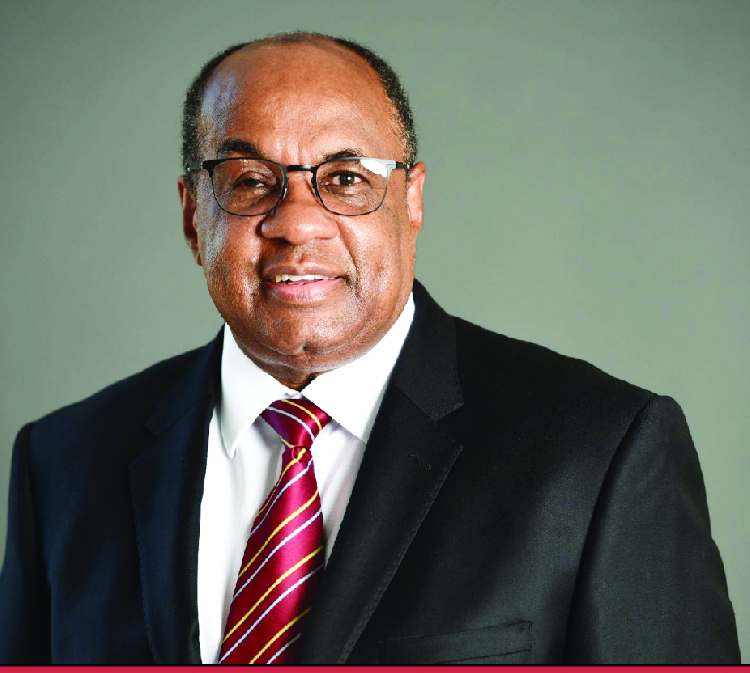Niël Terblanché
Namibia’s economy is expected to experience a slowdown in growth this year, with the Gross Domestic Product (GDP) projected to increase by only 3.7 percent.
This deceleration is attributed to a combination of factors, including persistent drought conditions and weak global demand for minerals, which have adversely affected the country’s export-driven sectors.
However, recovery is on the horizon, with GDP growth forecasted to rebound to 4.1 percent in 2025.
The Bank of Namibia’s (BoN) Governor, Johannes !Gawaxab provided an update on the domestic and global economic outlook to the Parliamentary Standing Committee on Economics and Public Administration last week.
He said that while the global economy is expected to grow at a steady pace in 2024 and 2025, the growth rates are likely to remain below the pre-COVID-19 pandemic average.
Advanced economies are predicted to see modest improvements while emerging economies maintain stable growth rates.
Despite these global trends, the challenges facing Namibia’s export sectors due to weak global demand and ongoing droughts have led to a slower economic growth projection for 2024.
“The global growth remains below the pre-COVID-19 pandemic average, posing challenges for Namibia’s export-driven sectors,” !Gawaxab said.
In his report, !Gawaxab highlighted the current operations and affairs of the Bank of Namibia, the state of the economy, and the conduct of monetary policy.
He emphasised that the financial system remains resilient and sound despite slower economic growth and higher interest rates.
“The banking sector maintained a strong position throughout 2023, with profitability driven by higher net income, particularly from interest earnings,” he reported.
The Bank of Namibia has made significant strides in executing its 2024/2025 strategic plan, focusing on regulatory improvements, enhancement of legal frameworks, and strong stakeholder engagement.
The bank declared a dividend of N$511.5 million to the State Revenue Fund for the 2023 financial year, a result of higher interest rates and average investment balances.
!Gawaxab also reported on the Small and Medium Enterprises Economic Recovery Loan Scheme, which has disbursed N$380 million out of the allocated N$500 million to assist distressed businesses.
These funds have been targeted at key sectors including agriculture, manufacturing, retail, and services.
“The funds have been allocated to key sectors, providing much-needed support to assist distressed businesses,” !Gawaxab added.
He assured the parliamentary committee that the Bank of Namibia is committed to maintaining price stability to support sustainable economic growth.
He said that the current inflation and repo rate levels are significantly lower than those of the 1990s and 2000s, with the current repo rate at 7.75 percent, compared to rates exceeding 29 percent in 1989 and 9 percent in 2008.
According to !Gawaxab, the recent decreases in inflation have been encouraging, and if the trend continues, it could create a more favourable economic environment in the future.
The parliamentary committee also enquired about the bank’s interventions in providing strategic advice to the government on oil and gas ventures, as well as the impact of public debt on the country’s financial status.
!Gawaxab emphasised the importance of collaboration with the parliamentary committee to ensure the continued stability and development of Namibia’s financial sector.
“The ongoing collaboration with the Committee is crucial to ensuring the stability and development of Namibia’s financial sector,” he said.
!Gawaxab reiterated that the focus of the bank will stay on developing a resilient economy capable of withstanding global uncertainties and ensuring sustainable growth for the future.




